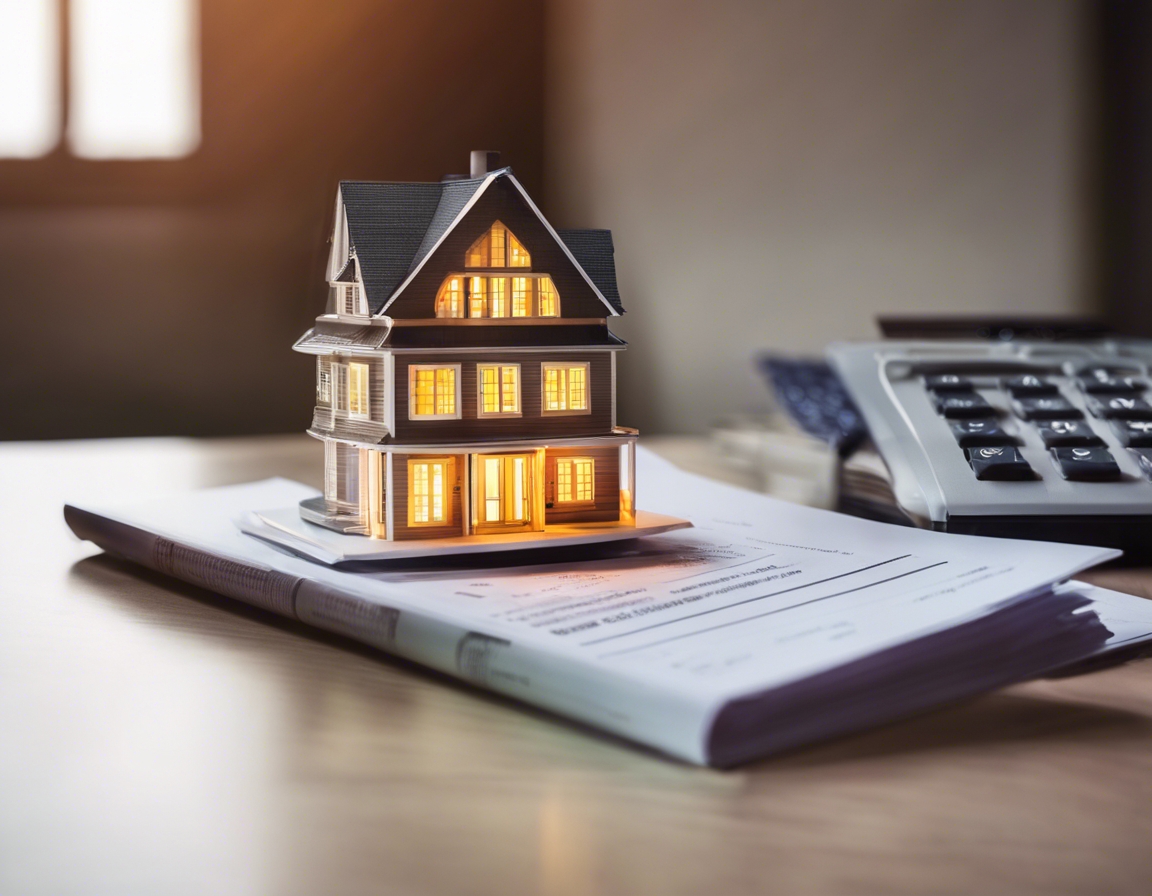5 signs your building needs a heat audit
As a property owner, real estate developer, or facility manager, you understand the importance of maintaining an energy-efficient building. Not only does it contribute to a healthier environment, but it also significantly reduces operational costs. A heat audit is a critical tool in achieving this efficiency. But how do you know when your building requires one?
A heat audit, also known as an energy audit, is a thorough assessment of a building's thermal performance. It identifies areas where heat is being lost and suggests measures to improve insulation and energy efficiency.
Conducting a heat audit can lead to substantial energy savings, enhanced comfort for occupants, and a reduction in carbon footprint. It's a proactive step towards sustainable property management.
Sign #1: Inconsistent Temperatures Throughout the Building
If you notice that some rooms are significantly warmer or cooler than others, it could indicate poor thermal regulation. This not only affects comfort but also forces your heating system to work harder, leading to increased wear and tear.
Several factors can cause inconsistent temperatures, including inadequate insulation, air leaks, or a malfunctioning HVAC system.
A heat audit can pinpoint the exact sources of these issues, allowing for targeted improvements that restore consistent comfort levels throughout your building.
Sign #2: Rising Energy Bills
When your energy bills are steadily increasing without a corresponding rise in utility rates or usage, it's a clear sign that your building's thermal efficiency is compromised.
High energy consumption can often be traced back to heat loss through windows, doors, and poorly insulated walls or roofs.
An audit can reveal the weak points in your building's envelope, leading to recommendations for insulation, sealing, or other energy-saving measures.
Sign #3: Cold Floors, Walls, or Ceilings
Uncomfortably cold surfaces within your building are a telltale sign of inadequate insulation. This not only affects comfort but also contributes to higher heating costs.
A heat audit uses tools like thermal imaging cameras to visualize where heat is escaping, highlighting areas with insufficient insulation.
Thermal imaging provides a clear visual representation of temperature differences, which can guide insulation upgrades and other remedial actions.
Sign #4: Condensation on Windows or Walls
Excessive condensation can lead to mold growth and structural damage. It's also an indicator of poor thermal regulation and potential heat loss.
Condensation occurs when warm, moist air comes into contact with cooler surfaces, pointing to possible insulation problems.
A heat audit assesses moisture control and insulation effectiveness, providing solutions to mitigate condensation and associated issues.
Sign #5: Aging HVAC Systems
Older HVAC systems are often less efficient and may struggle to maintain a comfortable temperature, leading to unnecessary energy expenditure.
An inefficient HVAC system can significantly increase your energy bills and reduce thermal comfort.
During a heat audit, the performance of your HVAC system is evaluated, identifying opportunities for improvements or upgrades that can enhance efficiency and reduce costs.






Comments (0)